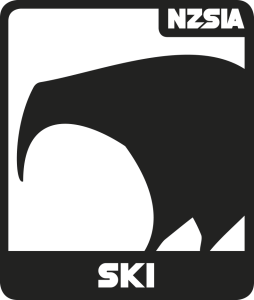The Movement Descriptors
To help describe the movements of the skier and the ski/snow interaction, whether it is a wedge turn or skiing a direct line through the bumps, we have identified five movement descriptors for how a particular movement or movements should be or are being performed. The descriptors are also used to describe the performance of the skis.

Duration
Duration is the length of time a movement is sustained. The skier must choose how long to maintain a movement in any given situation. A simple example of the application of duration within rotational movement is when a shallow wedge turn skier is progressing to a round wedge turn skier. For the turn to become rounder the duration of rotating the legs needs to last longer.
Intensity
Intensity refers to the amount of power or strength used when a movement is applied. High intensity implies a high degree of application. The intensity of movement used will help control the shape and characteristics of the turn. An example of intensity within vertical movement is: if a skier flexes with intensity (muscular tension) through the completion phase of a dynamic medium radius turn, they will be able to maintain and control pressure on the skis and therefore create more ski performance. A skier flexing passively will not, however, maintain pressure on the ski and the ski will flatten on the snow and lose performance.
Rate
Rate is described as the speed with which a movement is applied. The skier must choose the rate at which movement is applied in any given situation. An example of rate within rotational movement is: when a medium radius turn is changed to a short radius turn, the rate at which the legs are turned is increased.
Range
Range is the amount of movement which is applied. The skier must choose how much movement to apply in any given situation. Choosing the correct amount will result in precision and good balance as well as controlling the shape and characteristics of the turn. An example of range within lateral movement is that as a skier becomes more dynamic in a medium radius turn, the range of movement of the centre of gravity to the inside of the turn will increase.
Timing
Timing is when a movement is applied at a particular point in time or in a particular phase of the turn. From beginner level through to advanced skiing, the timing of movements will alter. This is because of changes in terrain, snow conditions, speed and turn radius. Correctly timed movements will give the skier rhythm and flow, enhancing the ability to stay balanced and in control. An example of timing within vertical movement is when skiers change the timing of the vertical movement while skiing bumps, so they are flexing during the transition of the turn (compression turn) rather than extending, providing better pressure control.

